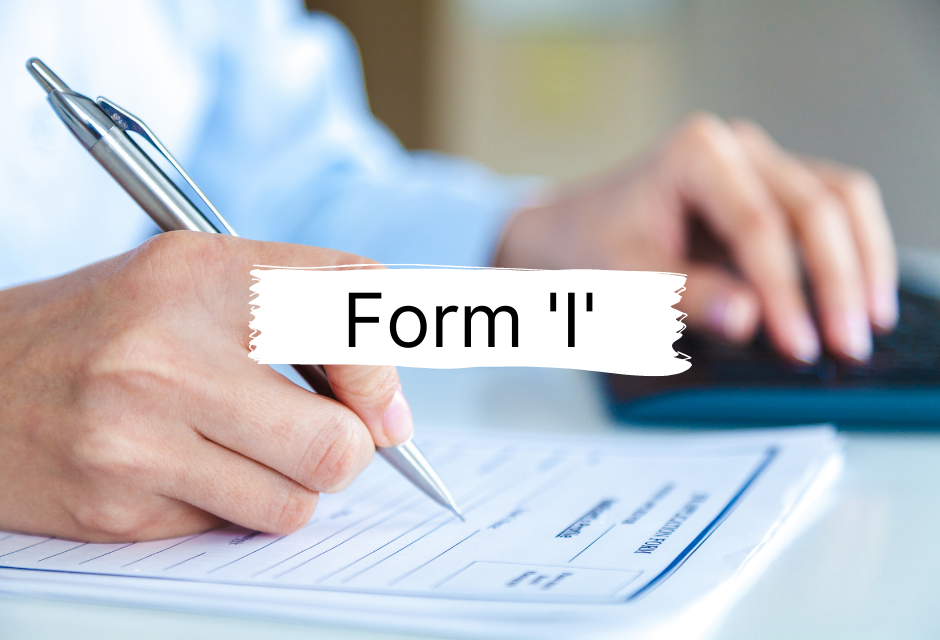As per the government norms, gratuity is a monetary benefit provided by the employer to an employee for the services rendered to the organization. Usually, the amount is paid at the time of the retirement or resignation by the employee, considering the tenure of an employee is at least five years.
When it comes to availing the payment of gratuity period, the employee must apply for the payment of gratuity form within 30 days from the date of Gratuity, which will become payable to the employee.
The employee must apply and submit gratuity form ‘Form ‘I’ in the given format to the employer.
If the superannuation or retirement date of an employee is known, then the employee can apply for the gratuity form before 30 days of the date of superannuation or retirement.
Gratuity Form - Form "I"
Following is the specimen of Gratuity Form - Form ‘I’ used for application for Gratuity by an employee
Clauses of the Gratuity Form 'I'
The clauses of Form 'I' for the Application of Gratuity by an employee are as follows:
- As per sub-rule 1 of rule 7, the application of Gratuity by an employee requires the employee to mention the full name and a detailed description of the establishment with a complete address.
- The gratuity form lies under the sub-section (1) of section 4 of the Payment of Gratuity Act, 1972, on account of employee’s retirement, superannuation or resignation after completion of the continuous services for not less than five years.
- The form 'I' covers the statements and particulars that need to be filled by the employee during the time of their establishment.
- The list of statements covers the following:
- Full name of the employee
- Full address of the employee
- The name of the Department/ Branch/ Section last employed
- The position held in the organization and a ticket number or serial number, if any.
- The date of appointment
- The date cause of termination of services
- The total period of assistance served in the organization
- The amount of wages last claimed
- The amount of Gratuity claimed
- After the employee has shared the details, the employee request the mode of payment in either cash or cross-bank cheque
- The Form 'I' allows the employee to strike out words or paragraphs that the employee feels is not applicable.
- The employee signs the gratuity form by mentioning the place, date, and final signature or thumb impression.
At last, after the due inspection of the statements provided by the employee, the Gratuity is granted to the employee.
How Can Deskera Help You?
Deskera People helps digitize and automate HR processes like hiring, payroll, leave, attendance, expenses, and more.
Simplify payroll management and generate payslips in minutes for your employees.
In addition to a powerful HRMS, Deskera offers integrated Accounting, CRM & HR Software for driving business growth.
Check out our product video below:
Key Takeaways
- Gratuity is a monetary benefit provided by the employer to employees for the services rendered to the organization
- The employee must fill gratuity form- Form ‘I’ under the Payment of Gratuity Act 1972 within 30 days from which the payment of Gratuity is due
- The employee can also file the form after knowing the exact date of retirement or superannuation
- The specimen of gratuity form- Form 'I' includes different clauses led by the sub-rule 1 of rule 7 that requires the details and specifications of the employee to avail the gratuity amount
- After the due inspection of the information provided by the employee, the amount of gratuity is granted
Related Articles












